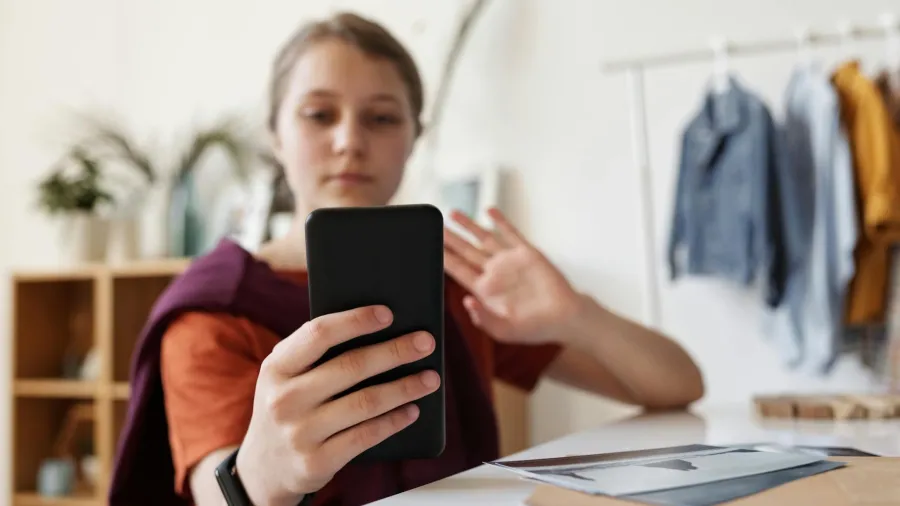
Virtual try-on market to hit $27.7b by 2031
It was driven by AR and AI demand.
The global virtual try-on technology market, valued at $5.77b in 2024, is projected to reach $27.71b by 2031, growing at a CAGR of 25.5%, according to data from Valuates Reports.
The market is segmented by product type—clothing, makeup, jewelry, and shoes—and by application, including retailers, specialty stores, department stores, and e-commerce platforms.
As online shopping continues to grow, brands are adopting AR- and AI-powered try-on tools to enhance customer experience, reduce returns, and boost conversion rates.
The beauty industry has quickly embraced virtual try-ons. AR tools allow users to test products like foundation and lipstick in real time. This improves confidence in purchases and reduces returns. Major cosmetic brands now rely on this tech for personalized shade matching and product suggestions.
meanwhile, virtual try-ons for clothing let shoppers see how garments fit and move on their bodies using 3D modeling and AR. This reduces sizing issues and returns.
Retailers use the tech to help users explore styles and combinations from home, making it a key feature for fashion e-commerce.
E-commerce platforms are leading the adoption of virtual try-on technology. As in-store shopping declines, these tools offer a more engaging, interactive online experience. Real-time product visualisation builds trust and increases purchase likelihood.
The report also noted that consumers expect tailored shopping experiences. Virtual try-ons use face and body scanning to deliver personalised recommendations.
Additionally, AI also tracks behavior to improve suggestions. This level of personalisation increases satisfaction and brand loyalty.
Virtual try-ons significantly reduce return rates by helping shoppers make better decisions. This cuts costs and supports sustainability goals.
For brands, fewer returns mean better margins and a more efficient supply chain.


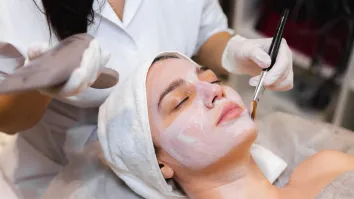
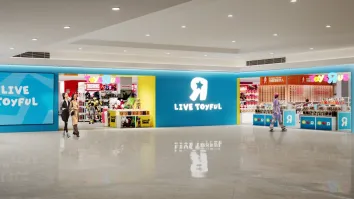
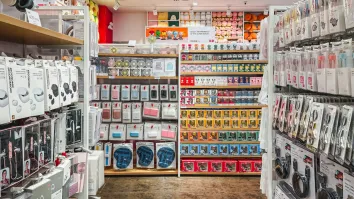
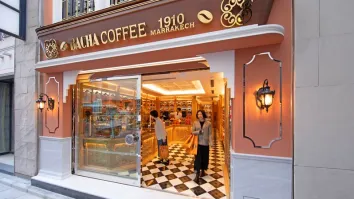
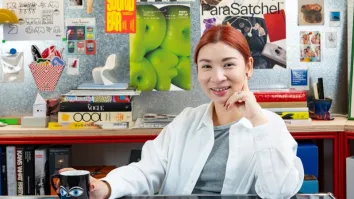


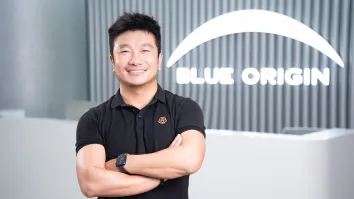









 Advertise
Advertise








